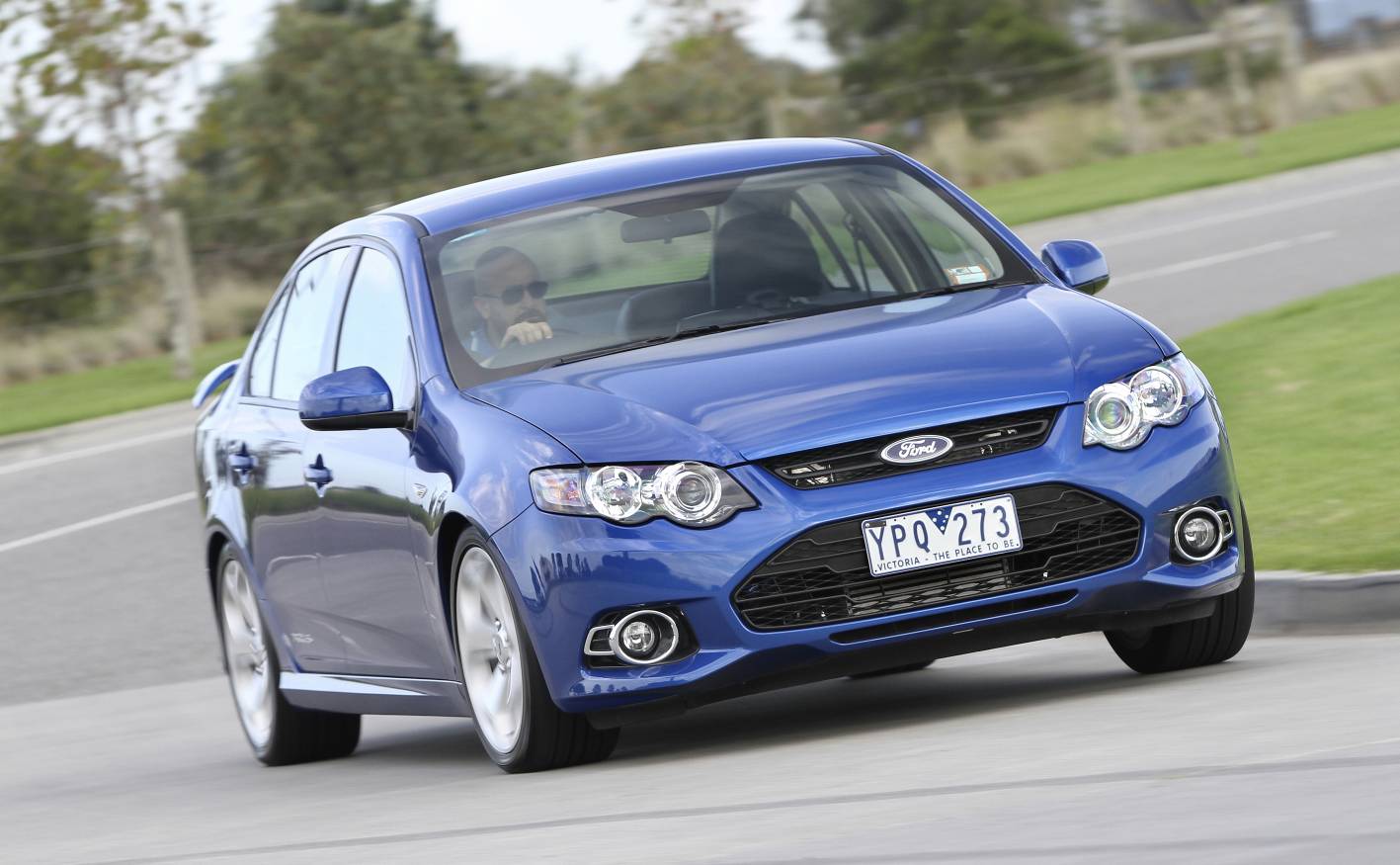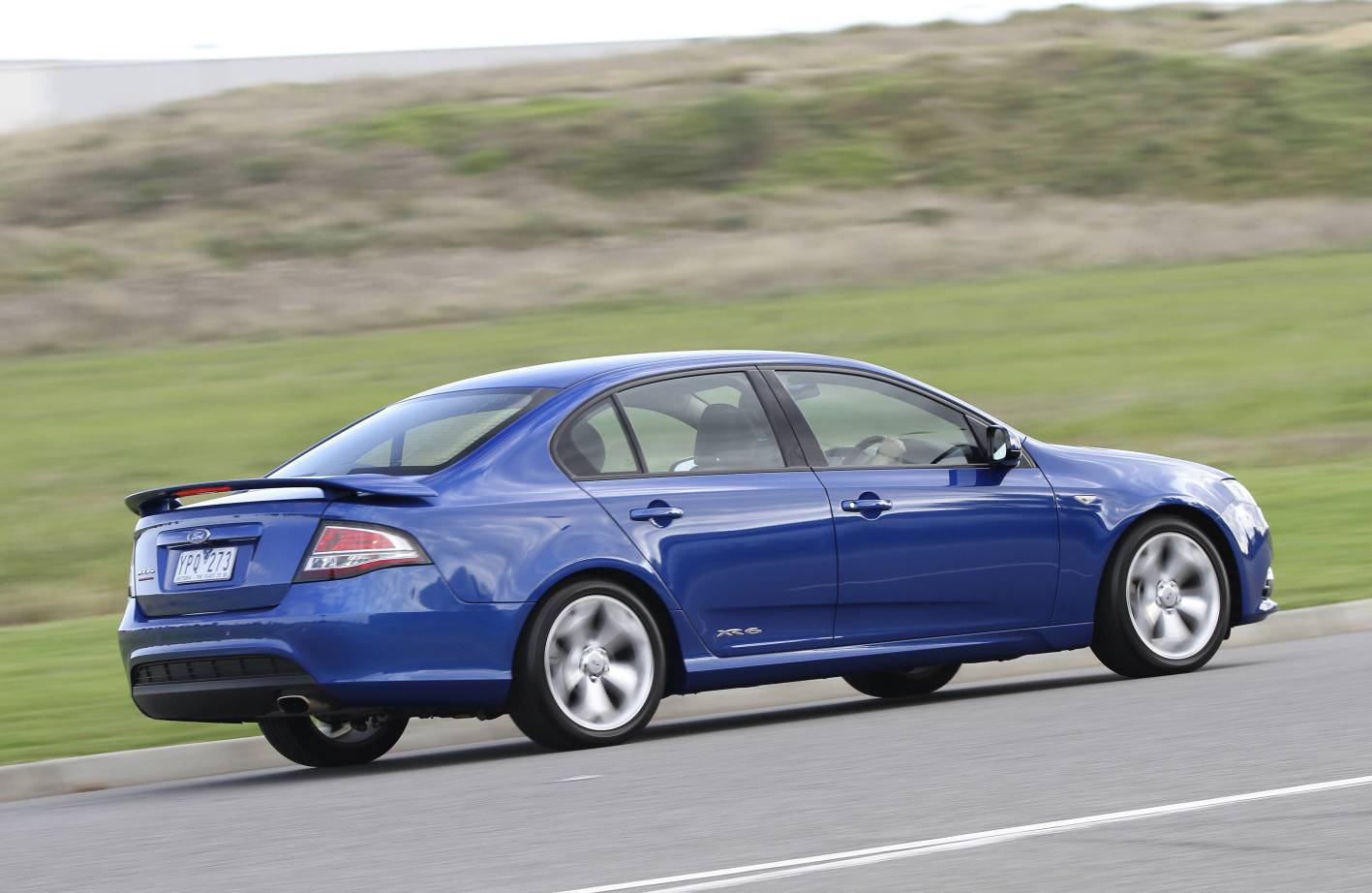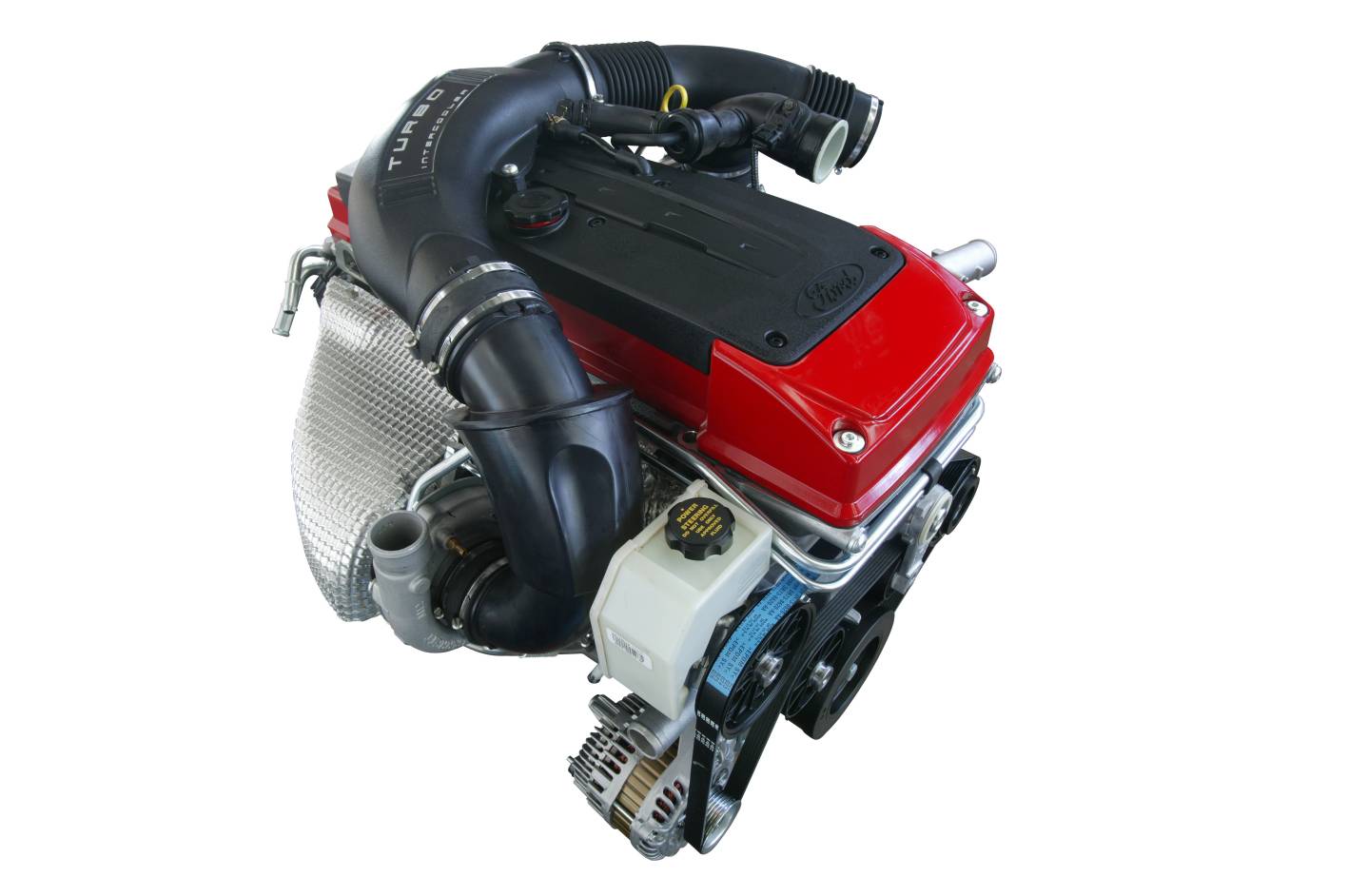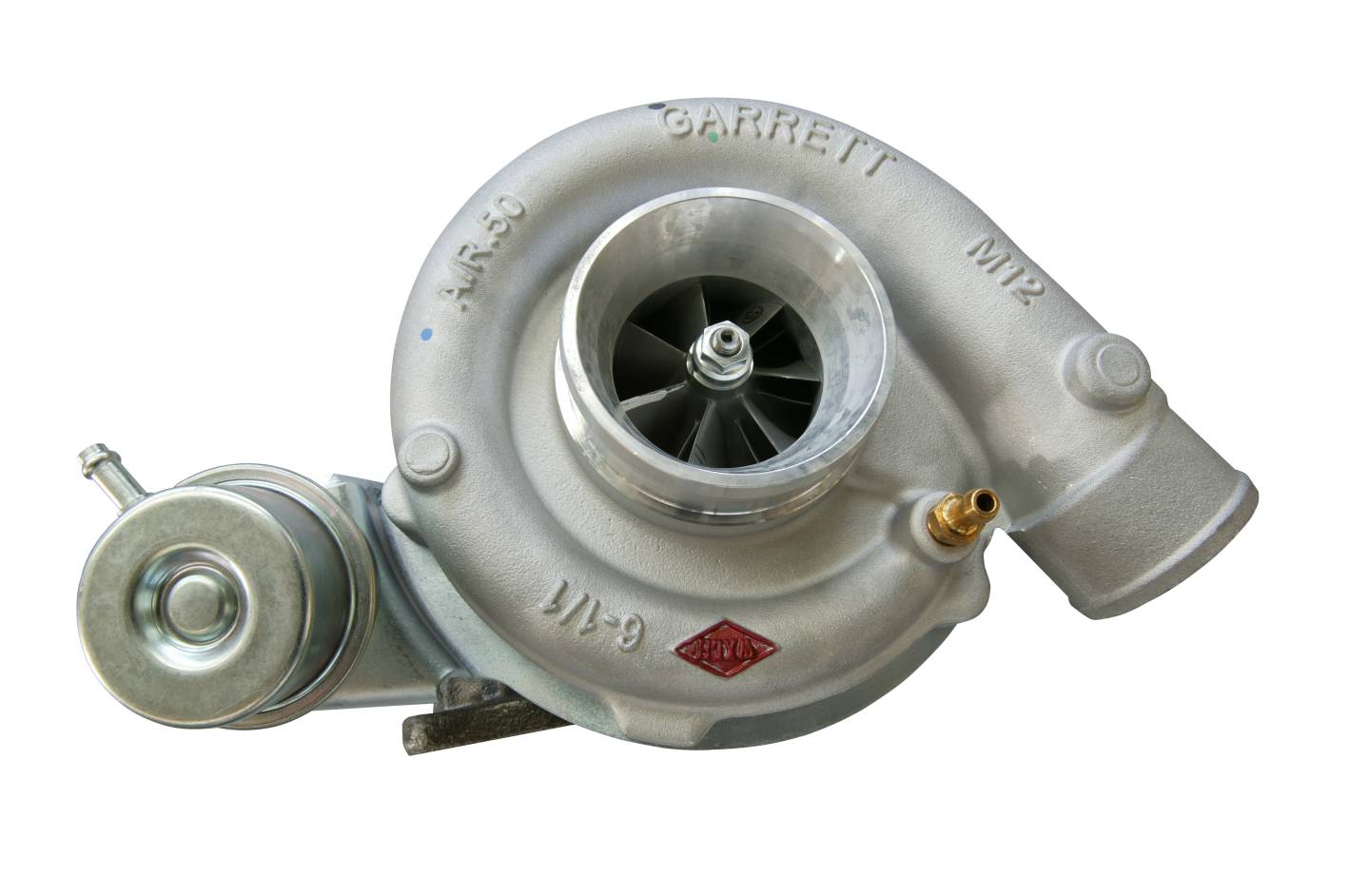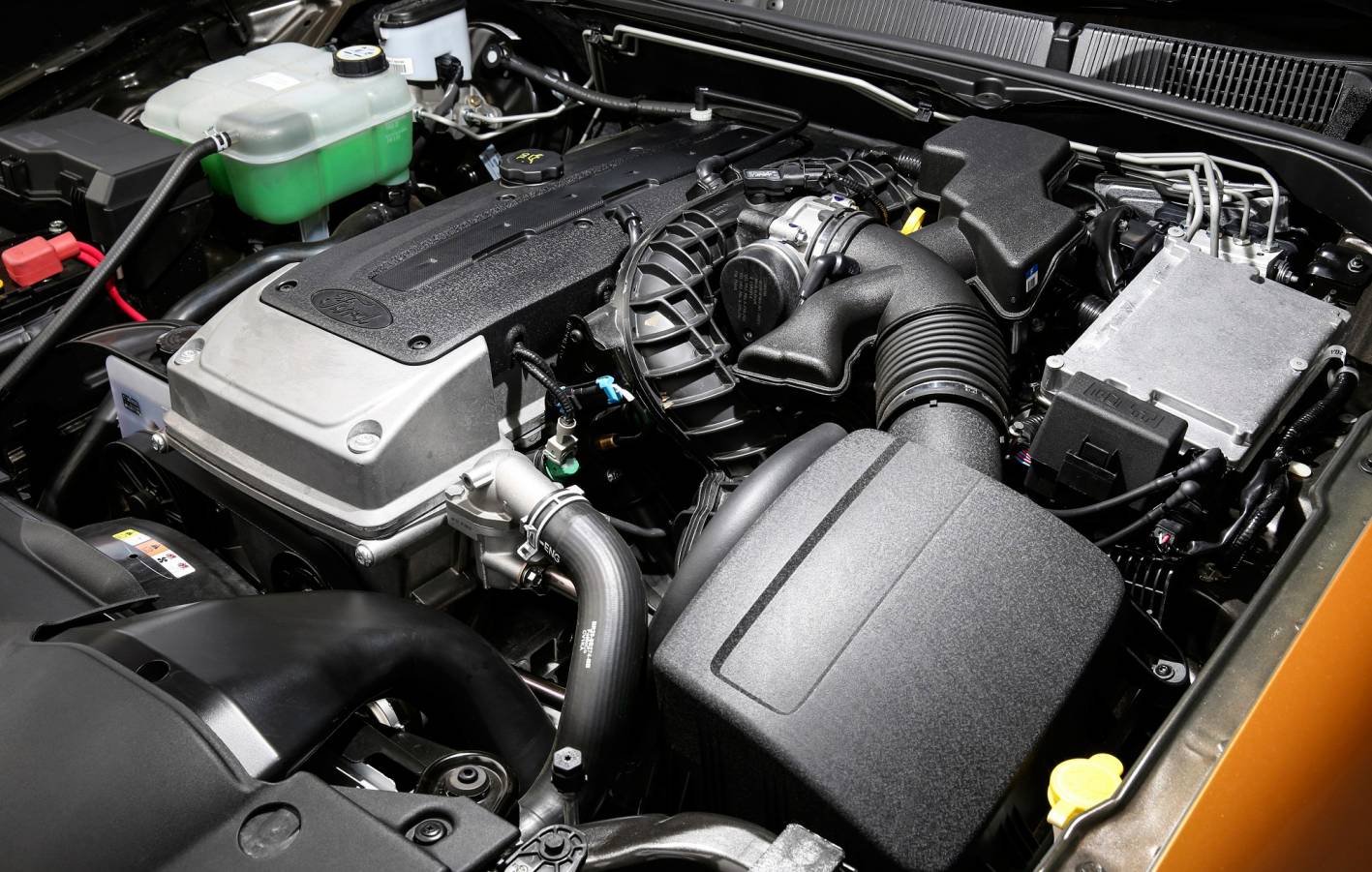Introduction
Ford’s Barra 270T was a turbocharged 4.0-litre inline six-cylinder petrol engine that was introduced in the Ford FG Falcon XR6 Turbo and G6E Turbo in 2008. Replacing Ford’s Barra 245T engine, changes for the Barra 270T engine included:
- A new cylinder head;
- Garrett GT3576R turbocharger;
- A larger intercooler;
- New exhaust manifold;
- Higher compression ratio of 8.8:1 (previously 8.7:1); and,
- A transient overboost function which enabled the engine to increase boost pressure by up to 10 per cent for several seconds.
While the Barra 270T engine produced 270 kW at 5250 rpm and 533 Nm at 2000 rpm (excluding overboost), 80 per cent of peak torque (i.e. 426 Nm) was available from 1250 rpm to 5750 rpm.
| Model | Engine | Trans. | Peak power | Peak torque | Years |
|---|---|---|---|---|---|
| Ford FG Falcon XR6/G6E Turbo | 4.0-litre turbo petrol I6 | 6sp man., 6sp auto |
270kW at 5250rpm | 533Nm at 2000rpm (586Nm with o’boost) |
2008-14 |
| Ford FG X Falcon XR6/G6E Turbo | 4.0-litre turbo petrol I6 | 6sp man., 6sp auto |
270kW at 5250rpm | 533Nm at 2000rpm (586Nm with o’boost) |
2014-16 |
Block
Like Ford’s other Barra engines, the Barra 270T engine had a cast iron block with 92.26 mm bores and a 99.31 mm stroke for a capacity of 3984 cc. Similarly, the Barra 270T block had cross-bolted main bearing caps to increase rigidity and a cross-bolted alloy sump.
Cylinder head
The Barra 270T engine had a gravity-cast, aluminium alloy cylinder head which was mounted on a single layer steel (SLS) sheet metal gasket. For the Barra 270T engine, a redesigned ‘fast burn’ cylinder head was introduced which had revised intake port profiling and new combustion chamber geometry to increase swirl for faster combustion. According to Ford, the higher turbulence enabled additional camshaft retard at part throttle due to an improved lean limit, thereby reducing pumping losses and improving fuel efficiency.
The water jacket for the Barra 270T engine featured deflection vanes to squeeze coolant past hot spots – such as the exhaust valve seats – at higher velocities to achieve more even temperatures throughout the cylinder head.
Pistons and compression
Like the Barra 245T, the tops of the pistons for the Barra 270T had a ‘dished bowl’ shape which lowered the compression ratio to 8.7:1 (compared to 10.3:1 for the naturally aspirated Barra 195). Furthermore, fully floating gudgeon pins were used to connect the piston to the connecting rod.
Intake
For the Barra 270T engine, the air induction system was redesigned to reduce flow restrictions and tuned to complete the turbocharger. As such, a new single runner intake manifold improved torque delivery and responsiveness throughout the operating range, providing a 36 per cent reduction in throttled volume. Furthermore, the manifold achieved a 44 per cent reduction in component mass.
Exhaust manifold
The Barra 270T engine introduced a new exhaust manifold that was tuned to minimise exhaust gas flow restriction into the turbocharger and optimise the flow balance from cylinder to cylinder. According to Ford, the new exhaust manifold achieved:
- A 14 per cent reduction in flow restriction;
- A 10 per cent improvement in flow balance;
- A 42 per cent reduction in internal surface area; and,
- A 36 per cent reduction in weight.
Furthermore, the reduced internal surface area of the exhaust manifold maximised heat transfer to the catalytic converter, thereby providing faster warm-up after cold starts.
Garrett turbocharger
Whereas the Barra 245T engine had a Garrett GT3582R turbocharger which provided maximum boost pressure of 6 psi (0.413 bar), the Barra 270T engine had a more efficient Garrett GT3576R turbocharger which provided maximum boost pressure of 10 psi (0.7 bar). According to Ford, the Barra 270T’s GT3576R turbocharger responded 30 per cent faster than its predecessor.
The Powertrain Control Module (PCM) used a boost pressure sensor (BPS) to monitor the boost pressure of the turbocharger. Based on engine load, temperature and engine speed, boost pressure was determined by the operation of a single by-pass wastegate valve which controlled how much exhaust gas was directed to the turbine and, therefore, the turbine’s speed. In turn, the wastegate valve was operated by an actuator which had a diaphragm and used regulated air pressure.
Intake air pressure was further controlled by a blow-off valve which would dump excess pressure into the low pressure side of the intake system when the throttle was closed. The blow-off valve was actuated by intake manifold pressure, via a rubber hose from the intake manifold.
For the Barra 270T engine, a ‘transient over boost’ function was introduced which enabled the engine to increase maximum boost pressure by 10 per cent for several seconds. While Ford quoted peak torque for the Barra 270T engine as 533 Nm at 2000 rpm, 586 Nm was available with the overboost function.
Intercooler
The Barra 270T introduced a new intercooler which had ‘bar and plate’ construction and provided a 50 per cent increase in intercooler core volume and size. As a result, the intercooler achieved a 40 per cent improvement in heat rejection and a 34 per cent reduction in flow restriction.
Camshafts and valvetrain
The Barra 270T engine had double overhead camshafts that were driven by a single-stage roller chain. To minimise weight and improve durability at higher engine speeds, the camshafts were roll-forged and had bored centres. The four valves per cylinder were actuated by roller finger followers and a clip held the hydraulic lash adjusters to the rockers for durability. To limit in-chamber tumble and provide good seating, the valves had a domed head and no lip. It is understood that the Barra 270T shared key specifications with the Barra 195 (see table below).
Variable Cam Timing (VCT)The Barra 270T engine had a vane-type VCT phaser – produced by Aisin – on each camshaft that provided continual variable adjustment within a 60 degree range (10 degrees advanced or 50 degrees retarded from the initial pin lock position). Each camshaft phaser was hydraulically controlled via an oil control valve that was mounted on top of it. Like the Barra 245T, the variable cam timing system for the Barra 270T engine was Ford’s ‘Dual Independent Phase Shifting’ (DIPS) which enabled the intake and exhaust camshafts to be varied independently of each other. For the Barra 270T, the DIVCT system was ‘updated to improve turbo responsiveness, by employing adaptive characteristics via two separate cam timing strategies’. Specifically,
Injection and ignitionThe Barra 270T engine had an electronically-controlled sequential fuel injection system with peak fuel delivery pressure of 4.0 bar; the injection and firing order for the Barra 270T engine was 1-5-3-6-2-4. The ‘speed density’ fuel injection system used the engine speed, intake air temperature and manifold absolute pressure sensors to calculate intake air mass and therefore the fuel required to be injected for combustion. This quantity of fuel was then adjusted according to feedback information from the Heated Oxygen (HEGO) sensor, providing close loop control of fuel injection. The Barra 270T engine had distributorless, coil-on-plug ignition with individual coils mounted above the spark plug. The long-life spark plug was positioned in the centre of the combustion chamber roof between the four valves. Like the Barra 245T engine, each spark plug had a 0.5 mm finewire centre electrode and platinum pad ground electrodes. As introduced in the Barra 245T, the ignition system for the Barra 270T featured adaptive and variable dwell (the time required to charge the ignition coil) for more efficient ignition control. Specifically,
Knock sensing and spark correctionLike the Barra 245T, the Barra 270T engine had twin knock sensors which enabled four forms of spark control:
Back To Top
| ||||||||||||
